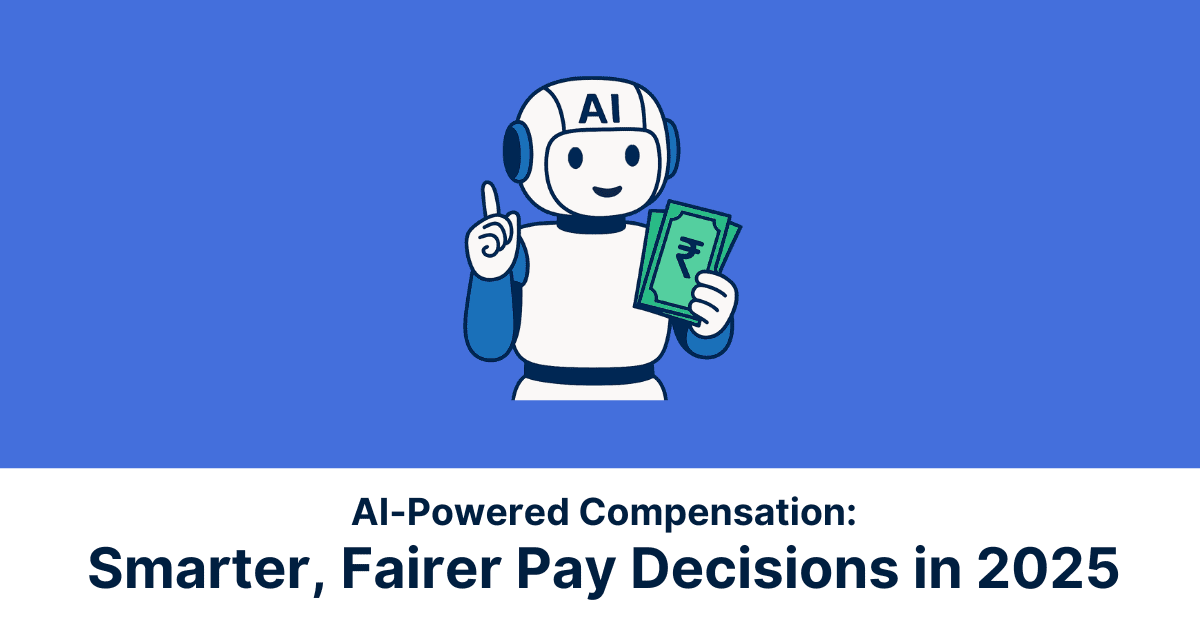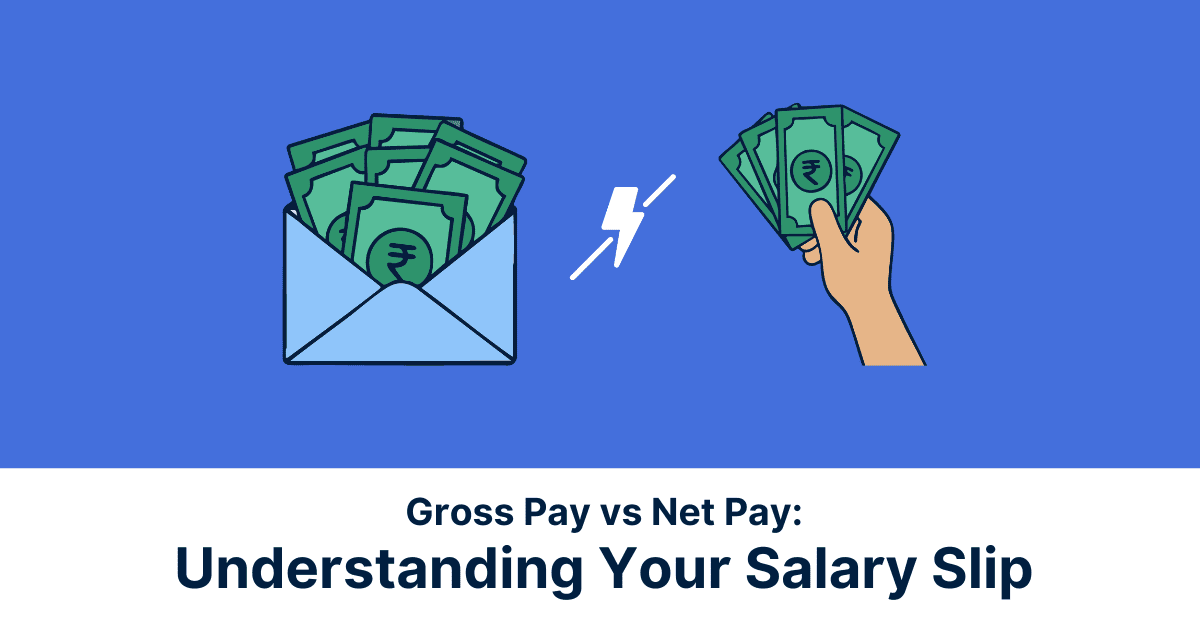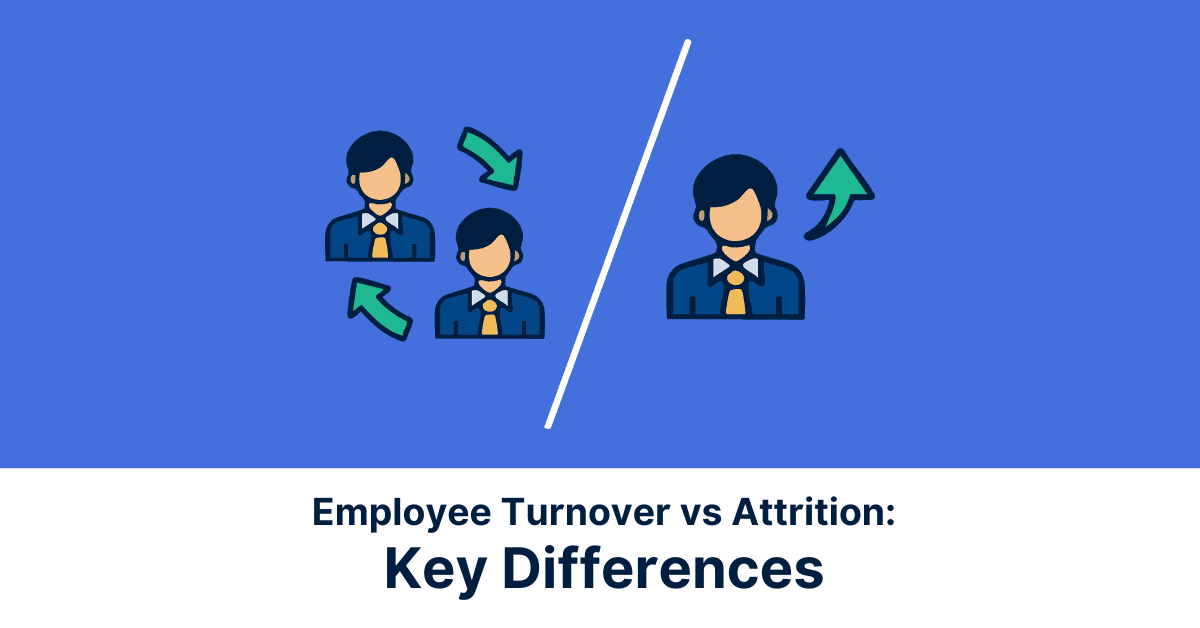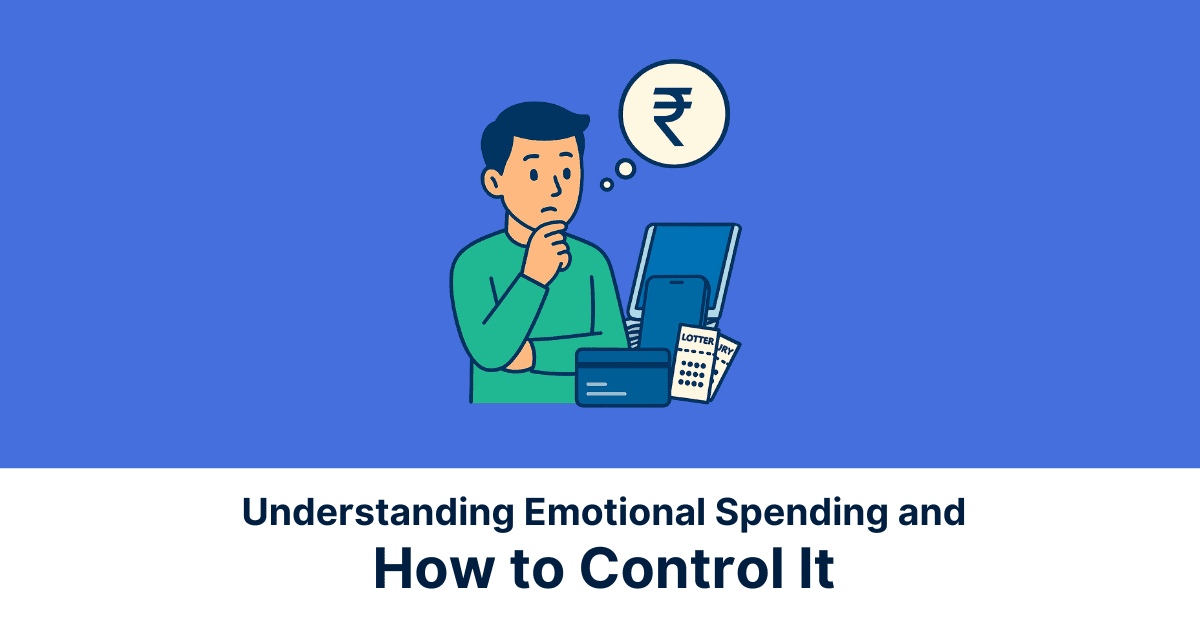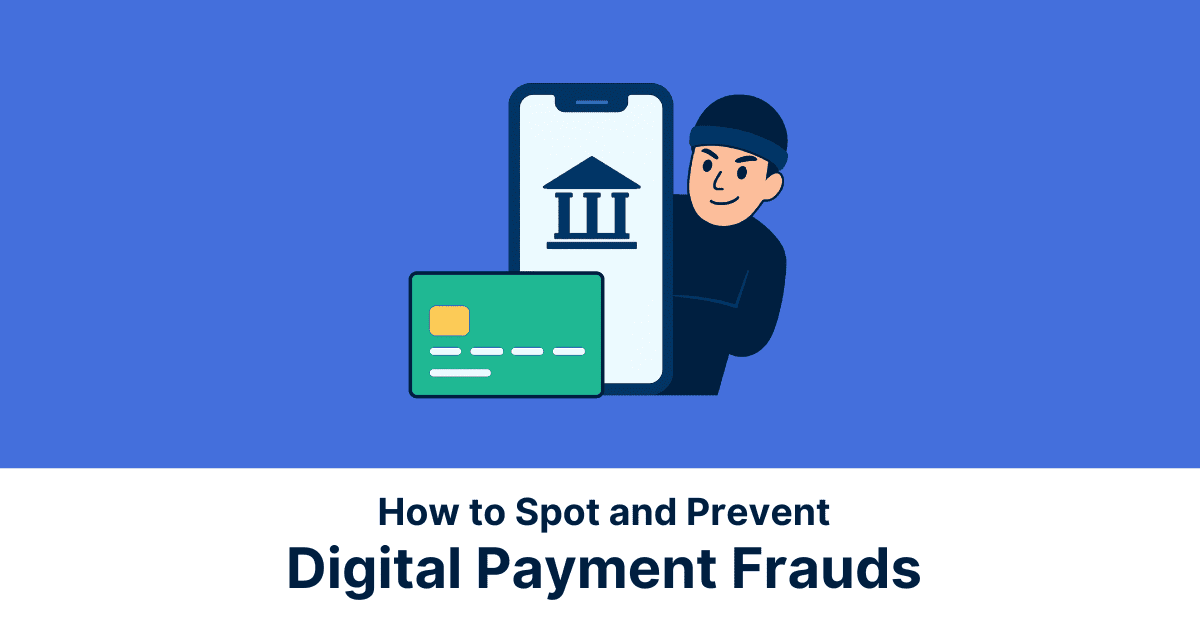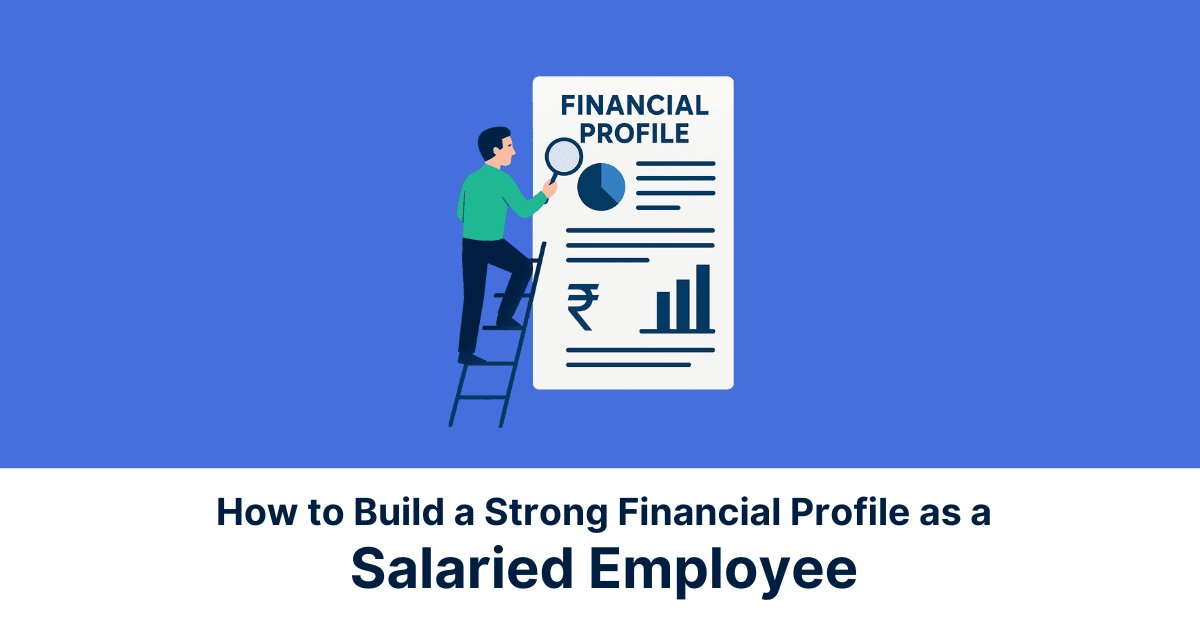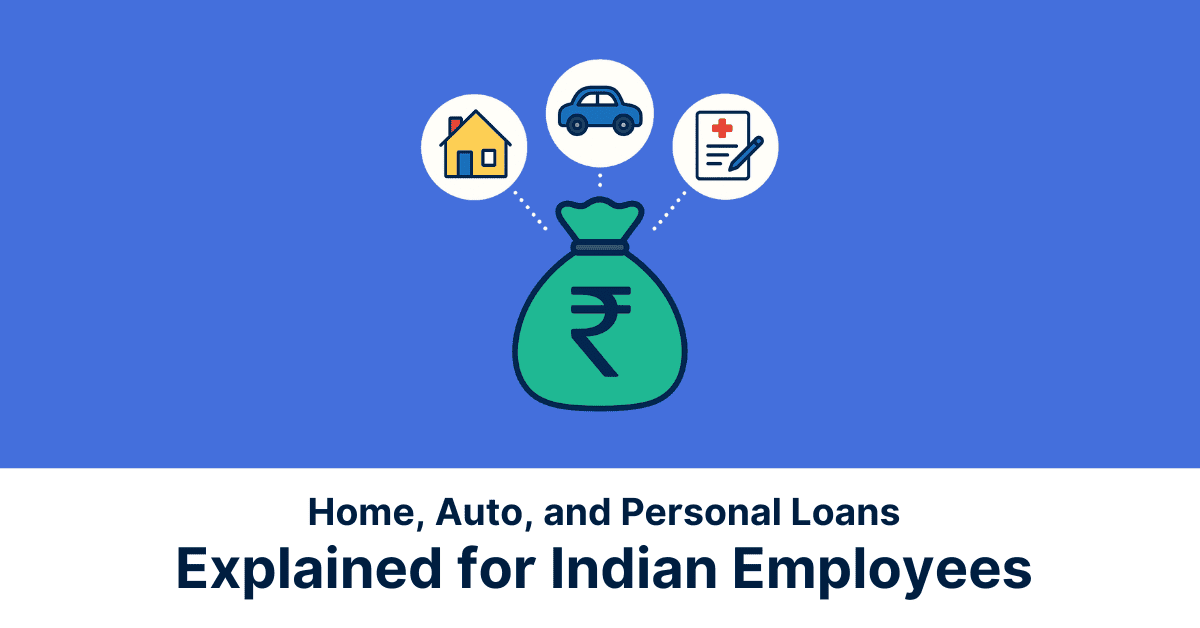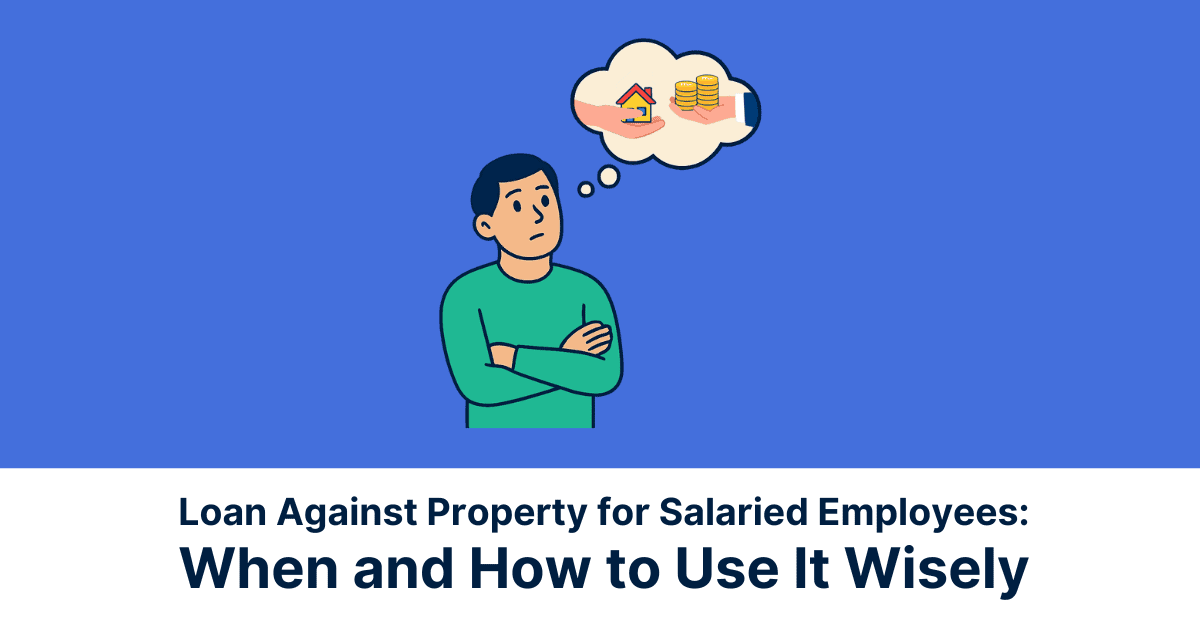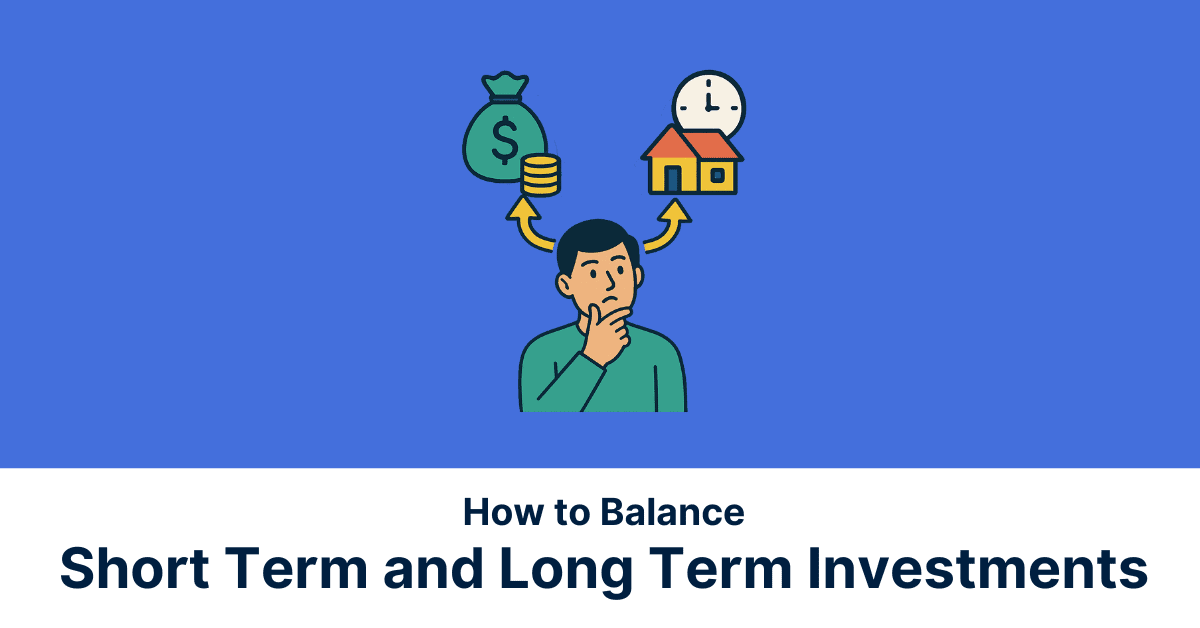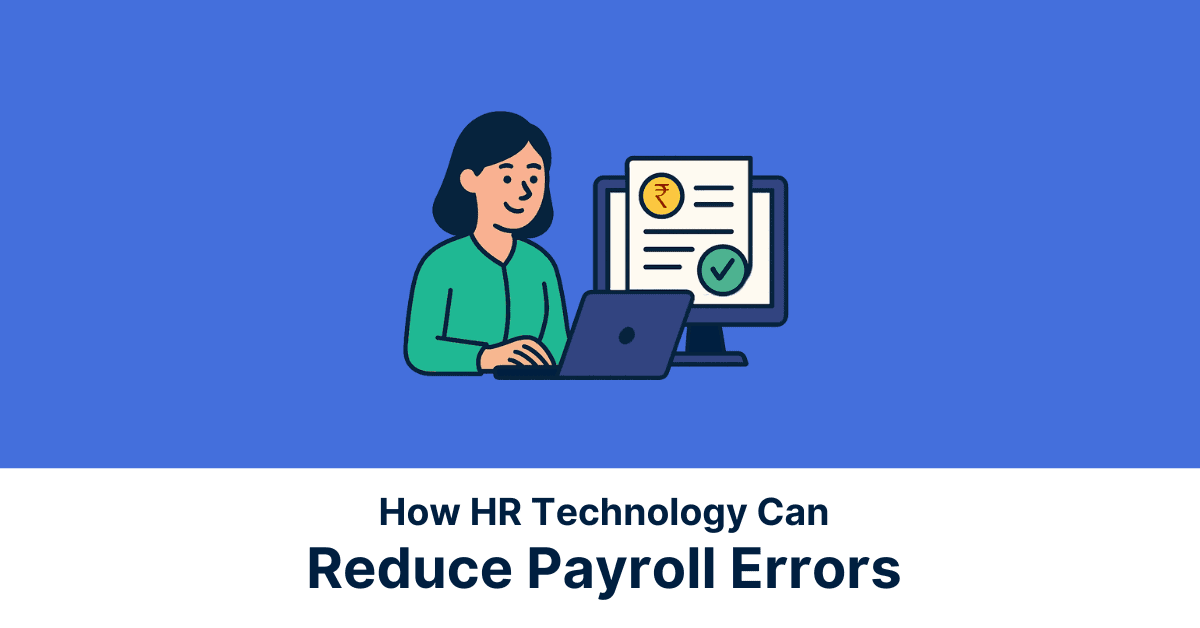In 2025, AI in compensation management is making its way into how organisations approach pay, making decisions smarter, fairer, and more efficient. With new trends in compensation management, companies now leverage real-time data and predictive insights to ensure equitable, performance-based pay structures that align with both business goals and employee expectations.
In this article, we’ll explore how AI is reshaping compensation strategies, its applications and benefits, and actionable steps for implementing it smartly. Let’s go.
Why Compensation Needs a Smarter Approach
Traditional compensation systems often rely on outdated benchmarks, rigid pay structures, and subjective performance reviews. These approaches can lead to pay disparities, unconscious bias, and a lack of transparency, ultimately affecting employee morale and retention. As businesses grow more diverse and global, these static models fail to account for evolving market demands, hybrid work models, and the personalised expectations of modern employees.
To stay competitive, organisations need smarter, agile solutions that adapt in real-time and reflect individual contributions fairly. This is where AI-powered compensation systems step in, offering dynamic insights, eliminating bias, and ensuring pay equity at scale. The need for fairness isn’t just ethical, it’s strategic. A smarter approach helps attract top talent, build trust, and align compensation with both performance and potential.
How AI Enhances Compensation Management
Compensation management is going through a makeover with AI, bringing precision, scalability, and fairness to every stage of the process.
- Salary Planning: AI analyses vast amounts of workforce and market data to recommend optimised salary ranges, helping organisations plan budgets effectively while rewarding performance and potential.
- Benchmarking: Instead of relying on static reports, AI tools provide real-time, dynamic benchmarking against industry standards, roles, and geographies, ensuring competitiveness and alignment with market trends.
- Pay Equity Monitoring: AI continuously scans for pay gaps across gender, role, tenure, and more. By identifying disparities and their root causes, it enables proactive corrections, ensuring compliance and strengthening trust within the organisation.
Real-Time Market Benchmarking
AI tools continuously gather and analyse live compensation data from multiple sources, job boards, industry reports, and competitor listings. This allows organisations to benchmark salaries against real-time trends across roles, industries, and locations. Unlike traditional annual surveys, this dynamic insight helps businesses stay competitive and agile, adjusting pay structures in response to evolving market conditions.
Predictive Pay Modelling
Using historical data and current workforce trends, AI predicts future compensation needs by evaluating factors like skill demand, employee performance, and retention risk. This forward-looking approach helps HR teams proactively address talent shortages, plan budgets, and design pay structures that motivate and retain top performers before gaps or attrition occur.
Automated Pay Decisions
Machine learning algorithms analyse multiple variables, employee performance, tenure, skills, and peer compensation to generate fair, data-backed pay recommendations. This automation reduces bias, speeds up decision-making, and ensures consistency across teams, freeing HR leaders to focus on strategic priorities rather than manual reviews.
Making Performance-Based Pay More Accurate
Performance-based pay has often been hindered by manager bias and inconsistent evaluation criteria. AI helps solve this by bringing objectivity and data-driven accuracy to the process. Instead of relying solely on subjective performance reviews, AI aggregates and analyses multiple data points such as goal achievement, project outcomes, peer feedback, and productivity metrics. This helps create a more holistic and unbiased picture of an employee’s contributions.
Where there is standardised criteria and real-time analytics, AI ensures that high performers are consistently recognised and rewarded. It also helps detect patterns of over- or under-recognition, flagging discrepancies in performance assessments that may stem from unconscious bias or favouritism.
A study by the Economic Policy Institute found that firms adopting performance-based pay systems report a 10–15% increase in overall employee output. With AI enhancing the accuracy and fairness of such systems, organisations stand to gain not just trust, but measurable productivity.
Objective Performance Metrics
AI minimises bias by focusing on measurable outcomes rather than subjective manager opinions. It tracks key performance indicators such as project completion, sales targets, customer satisfaction, and efficiency metrics, and assigns weight based on role-specific goals. This ensures consistent, data-backed evaluations across the board.
Personalised Incentive Structures
AI analyses an employee’s function, responsibilities, and performance data to recommend tailored variable pay models. For example, a salesperson may receive incentives based on revenue, while a developer’s bonus could be tied to code quality and delivery timelines. This customisation boosts motivation and fairness, aligning rewards with what truly drives performance in each role.
Using AI to Eliminate Pay Bias
AI plays a critical role in identifying and eliminating pay bias by auditing historical compensation data and uncovering patterns that may reflect systemic inequities. It scans across variables such as gender, race, role, experience, and performance to detect inconsistencies in how salaries, bonuses, and raises have been distributed over time.
By flagging discrepancies like two employees with similar roles and experience receiving different pay, AI helps HR teams pinpoint areas where bias may have crept in, whether consciously or unconsciously. These insights allow organisations to take corrective action, such as adjusting salaries or refining pay policies to prevent recurrence.
Unlike manual audits, AI continuously monitors compensation decisions in real-time, providing alerts when pay gaps emerge and ensuring compliance with equal pay regulations. It removes guesswork and emotion from the process, replacing it with objective, data-backed transparency. In doing so, AI not only reduces gender and racial pay gaps but also builds a culture of fairness and accountability.
Bias Detection Algorithms
AI uses anonymised employee data, stripped of identifiers like gender, ethnicity, or age to uncover hidden patterns in promotion, raise, or bonus decisions. These algorithms flag inconsistencies where certain groups may be underrepresented or unfairly compensated despite similar qualifications or performance. This enables HR teams to take proactive steps in addressing inequality and making data-informed adjustments to ensure fairness.
Transparent Pay Banding:
AI helps establish and maintain clear, equitable salary bands for roles at similar levels across departments or locations. It continuously benchmarks internal and external data to ensure consistency and fairness. By doing so, it prevents arbitrary salary differences, reduces negotiation-driven disparities, and builds employee trust through clear, transparent compensation structures.
Benefits of AI in Compensation Planning
AI brings transformative benefits to compensation planning, making it faster, smarter, and more equitable for HR teams. By automating data collection and analysis, AI accelerates decision-making, cutting down the time spent on manual salary reviews and approvals. This speed is paired with accuracy, as AI reduces human error and ensures consistency across pay decisions.
It also helps HR teams proactively identify trends, such as retention risks or skill gaps, and align compensation with performance and market demands. With real-time benchmarking and predictive modelling, organisations can stay competitive without overpaying or undervaluing talent.
Importantly, AI-driven transparency builds employee trust and satisfaction. Fairer, data-backed pay structures improve morale and reduce turnover, which in turn saves recruitment and training costs.
Challenges to Watch Out For
Successfully integrating AI into your compensation strategy requires thoughtful planning and responsible execution. Start with clean, high-quality data to ensure your HR systems capture accurate, complete, and up-to-date information on employee roles, performance, tenure, and compensation history. Inaccurate data leads to flawed insights, so data hygiene is foundational.
Conduct regular audits of your AI models to check for unintended bias, data drift, or compliance issues. This ensures the system continues to support fair, lawful, and strategic decisions over time. Transparency and explainability should also be built in; HR teams need to understand how AI reaches its conclusions.
Finally, focus on human and machine alignment. AI should support and not replace human judgment. Equip HR leaders with training to interpret AI outputs and make context-sensitive decisions. When people and machines work in tandem, you get the best of both worlds: data-driven insights with empathy, ethics, and organisational nuance guiding the final call.
Conclusion
AI-powered compensation is changing the script on how organisations should approach pay. It isn’t just about algorithms; it is about building a fairer workplace, making it faster, unbiased, and more strategic. In 2025, as workplaces grow more complex and employee expectations evolve, traditional systems can no longer keep pace. AI enables HR teams to make data-driven decisions, ensure pay equity, and align compensation with performance and market trends.
By eliminating bias, enhancing transparency, and personalising rewards, AI helps build a culture of trust and accountability. It empowers organisations to retain top talent, motivate high performers, and stay competitive. When implemented thoughtfully, AI isn’t just a tool; it’s a catalyst for creating more fair, high-performing teams equipped for the future of work.
*Disclaimer:
The information contained herein is not intended to be a source of advice concerning the material presented, and the information contained in this article does not constitute financial advice. The ideas presented in the article should not be used without first assessing your financial situation or without consulting a financial professional.
